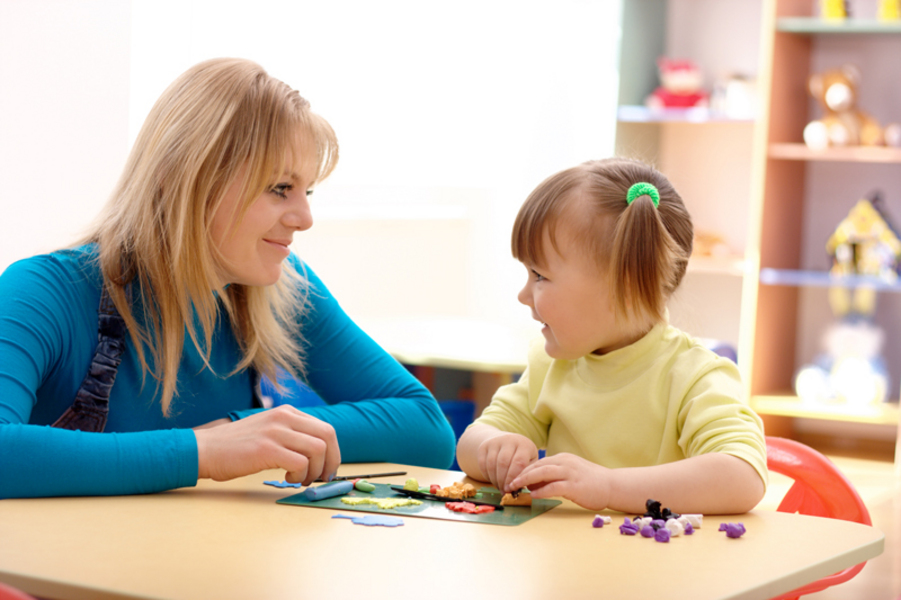
It takes every ounce of energy you got to walk away from your crying child and trusting that you made the right decision when you signed them up for preschool. The first good-bye is always the hardest, but it does get easier. Some children adjust right away in a preschool setting, while others may take up to a month.

Here are some Do’s and Don’ts when it comes to saying good-bye.
Prior to the first day of school:
Do’s
Prior to the first day of school:
- See if your child’s preschool offers transitional visits prior to them starting school. These are usually one or two short visits to get familiar with the environment and the teachers
- Get them excited about what they saw in their classroom during their visit. Talk about the different types of activities that they can do when they go back
- Read books about going to school and let your child know that Mommy’s and Daddy’s will always come back to pick them up
- Pack a comfort item (blanket, small stuff animal, a family picture, etc) that will remind them of home if they are sad
- Plan extra time in the morning for your child’s first day so that you are not rushing out the front door
Do’s
- Be excited while getting ready for school. Remind them of all the fun things they saw during their transitional visits
- While driving to school let them know when you will be back to pick them up. Children 2 to 3 years old do not understand the concept of time, but they do understand the concept of routine. Example, “after you wake up from naptime, I will be back to pick you up”
- Walk them to their classroom and help them find their cubby
- Walk around the classroom and try to engage them in an activity with a child or with a teacher
- Try to make your drop-off short. The longer you stay the harder it is for you to leave
- Before you leave say good-bye to your child even if they are playing. Let them know that you are leaving, but that you will be back after “xyz”
- Have your child’s teacher or director give you a call or send pictures to let you know how their morning went
- Do not sneak out of the classroom to avoid saying good-bye. This will give your child more anxiety during the next drop-off because they will never know when you will be leaving them
- Try not to stay too long and interfere with the classroom’s daily routine
- Do not say good-bye to your child and then come back in the classroom to check on them

By Jamie Brown - Former Preschool Teacher, then Director, and now Parent & Consultant for EastBayPreschools.com
Read Jamie's Bio
Read Jamie's Bio








 RSS Feed
RSS Feed